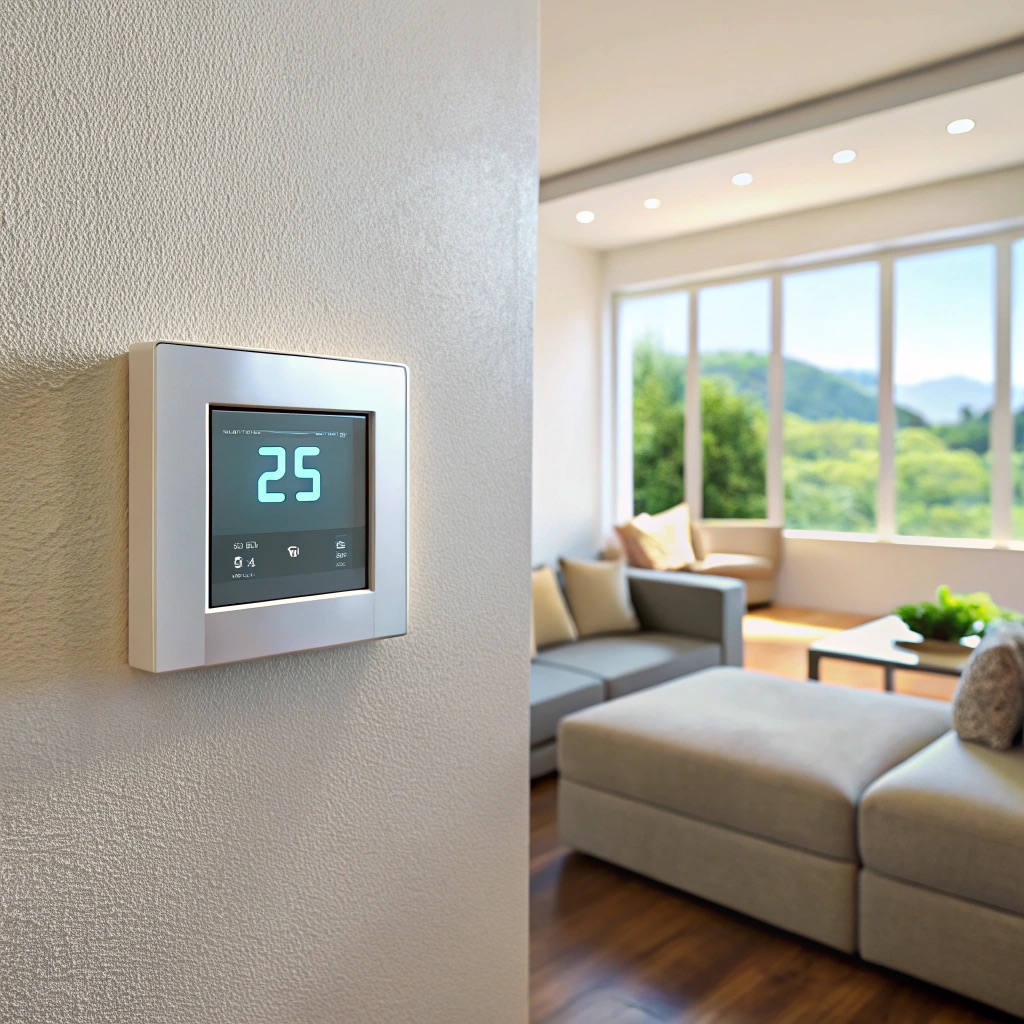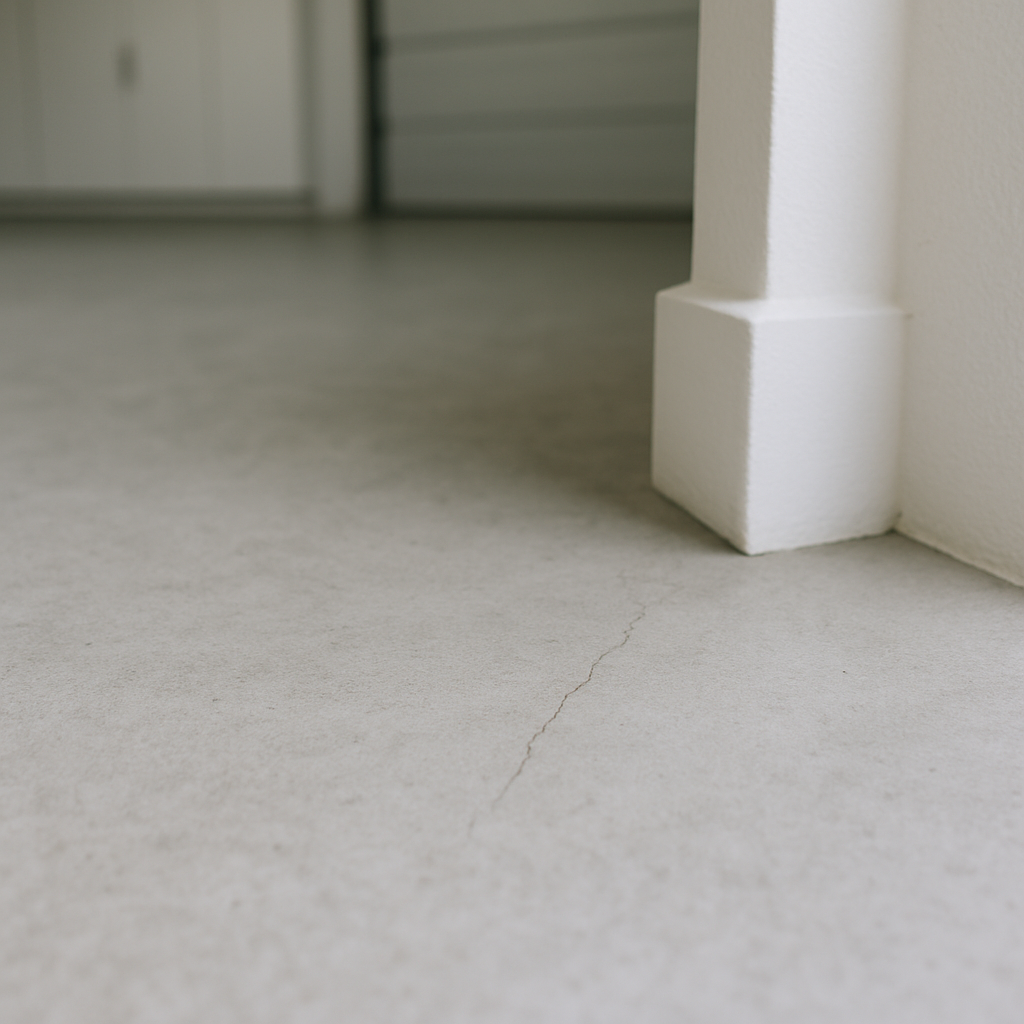Last updated on
Your roof is one of the most critical components of your home, providing protection from the elements and ensuring your family’s safety and comfort.
However, it’s easy to overlook regular maintenance until a problem arises, potentially leading to costly repairs or premature replacement. To maximize the lifespan of your roof and avoid unexpected expenses, it’s essential to follow a routine maintenance plan.
In this blog post, we will explore some essential maintenance tips that can help extend your roof’s lifespan.
What's Inside
Regular Inspections
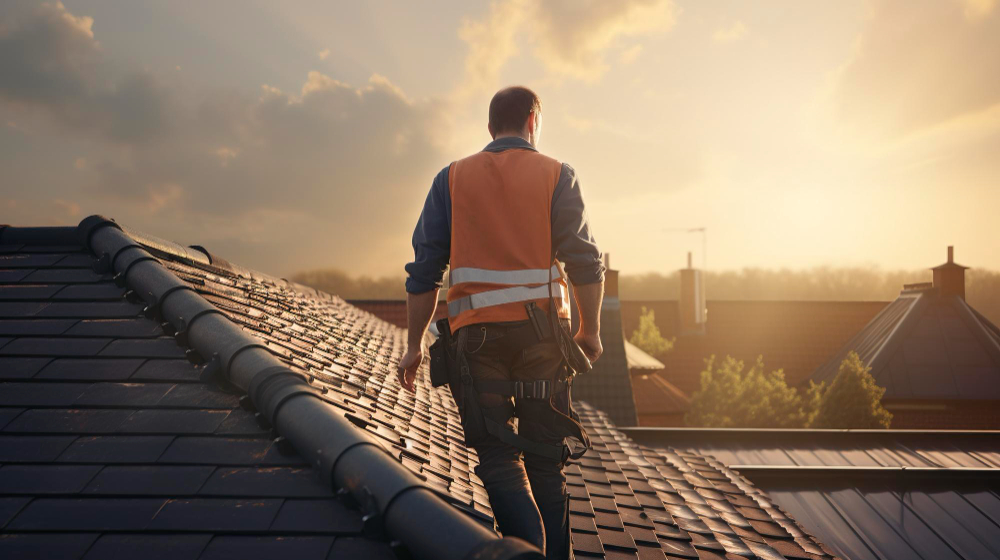
Performing regular roof inspections is the foundation of effective maintenance. Ideally, you should inspect your roof twice a year – once in the spring and again in the fall. You can check here: https://resolveroofing.com, if you need a reputating contractor.
Additionally, after severe weather events such as heavy storms, hail, or high winds, it’s essential to check your roof for damage promptly.
During your inspections, look for:
- Missing or damaged shingles
- Cracked or curled shingles
- Moss, algae, or mold growth
- Damaged flashing
- Loose or damaged gutters and downspouts
- Signs of water damage on the interior ceiling
- Identifying and addressing issues early can prevent them from worsening and extend your roof’s lifespan.
Clean Gutters and Downspouts
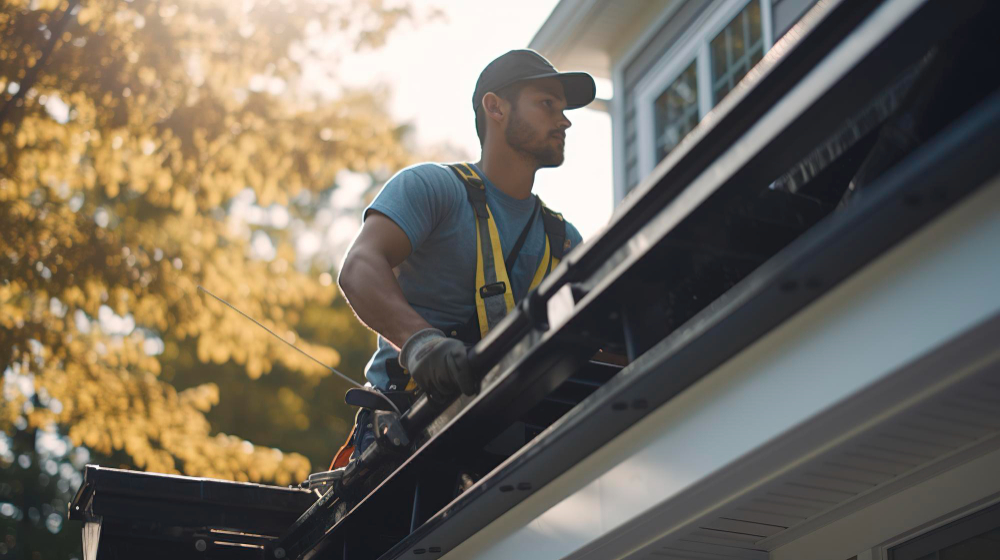
Clogged gutters and downspouts can lead to water pooling on your roof and potential leaks. Debris such as leaves, sticks, and dirt can block the flow of rainwater, causing it to overflow and seep under the shingles. This can result in rot, mold growth, and structural damage.
To prevent these issues, clean your gutters and downspouts regularly, especially during the fall when leaves tend to accumulate. Trim overhanging branches to minimize the amount of debris that falls onto your roof.
Trim Overhanging Branches
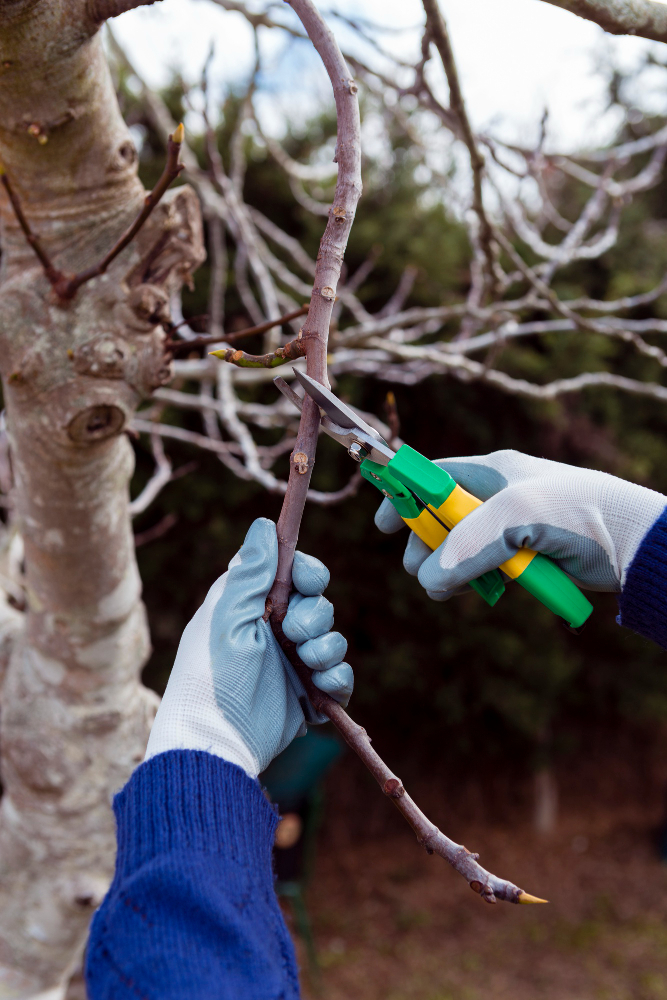
Overhanging branches not only contribute to gutter clogs but also pose a risk of falling onto your roof during storms. The impact of a falling branch can cause significant damage to shingles and other roofing materials.
Regularly trim tree branches that hang over your roof to reduce the risk of damage and keep debris at bay. Hiring a professional arborist may be necessary for larger trees or branches that are difficult to reach.
Maintain Proper Attic Ventilation
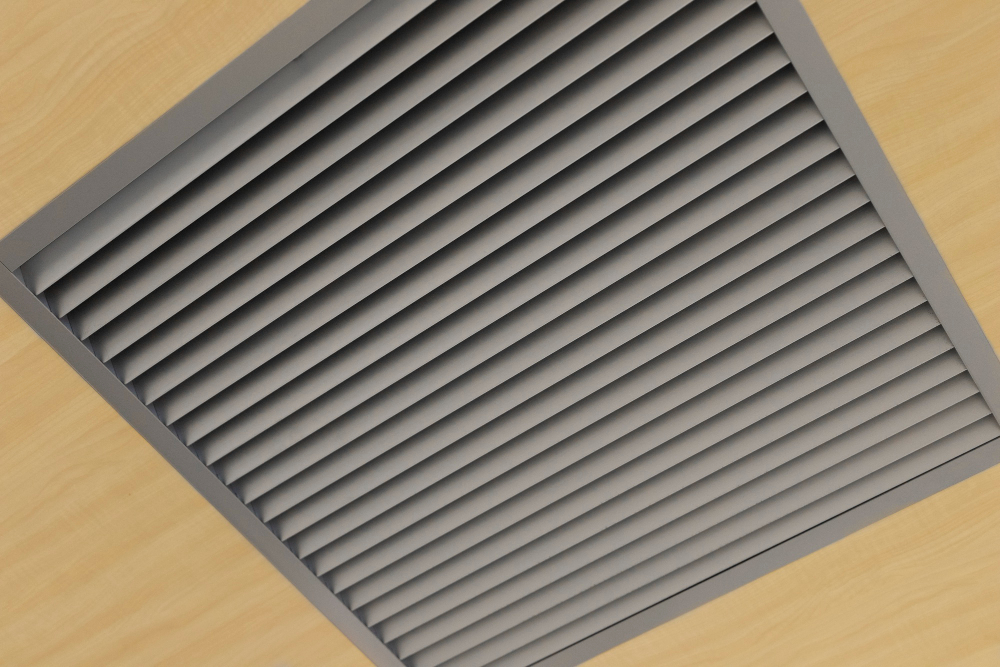
Proper attic ventilation plays a crucial role in extending the life of your roof. Without adequate ventilation, heat and moisture can build up in your attic, leading to a variety of problems, including premature shingle deterioration and ice dams in colder climates.
Ensure that your attic is well-ventilated by:
- Installing ridge vents and soffit vents
- Checking for proper insulation
- Sealing any gaps or leaks in the attic
- Maintaining a well-ventilated attic will help regulate temperature and humidity, reducing the strain on your roof.
Repair Leaks Promptly
If you notice signs of water damage inside your home, such as water stains on your ceiling or walls, it’s crucial to address the issue immediately. Delaying repairs can lead to more extensive and costly damage to both your roof and interior.
To pinpoint the source of the leak, consult a roofing professional. They can identify the problem and provide a lasting solution, whether it’s a damaged shingle, cracked flashing, or a problem with the underlayment.
Clean Moss and Algae
In regions with high humidity, moss and algae growth can be a common problem. While they may seem harmless, these organisms can trap moisture against your roof’s surface, accelerating deterioration.
To remove moss and algae, use a solution of equal parts water and white vinegar or a commercial roof cleaning product. Apply the solution to affected areas and gently scrub with a soft-bristle brush. Rinse thoroughly with water. Prevent future growth by installing zinc or copper strips along the roof’s ridge.
Replace Damaged Shingles
Over time, shingles can become cracked, curled, or dislodged due to exposure to the elements. Damaged shingles compromise your roof’s integrity and leave it vulnerable to leaks.
Regularly inspect your roof for any signs of damaged shingles and replace them promptly. It’s a relatively simple and cost-effective way to prevent more extensive issues down the road.
Schedule Professional Inspections
While DIY inspections are essential, it’s equally crucial to schedule professional roof inspections. A qualified roofing contractor can identify issues that might not be apparent to an untrained eye. They can also provide recommendations for repairs or maintenance based on the specific condition of your roof.
A professional inspection is particularly important if your roof is nearing the end of its expected lifespan or if you’ve experienced severe weather events.
Keep an Eye on Flashing
Flashing is a critical component of your roof’s waterproofing system, preventing water from seeping into vulnerable areas such as roof valleys, chimneys, and vents. Over time, flashing can deteriorate or become loose, creating potential entry points for moisture.
During your inspections, pay close attention to the condition of the flashing and have it repaired or replaced as needed. Properly installed and maintained flashing is crucial to extending your roof’s lifespan.
Consider Roof Coatings
Roof coatings can provide an additional layer of protection for your roof. These coatings are designed to reflect UV rays, reduce heat absorption, and prevent water infiltration. Applying a roof coating can extend your roof’s lifespan and improve its energy efficiency.
However, roof coatings should be applied by professionals, as proper preparation and application are essential for their effectiveness.
Your roof is a significant investment, and with proper maintenance, it can serve you well for many years. By following these essential maintenance tips, you can extend the lifespan of your roof, avoid costly repairs, and ensure that your home remains a safe and comfortable place for you and your family.
Regular inspections, cleaning, and timely repairs are the keys to a durable and long-lasting roof. Don’t wait until problems arise – start your roof maintenance routine today.
